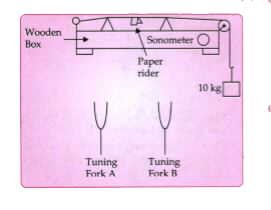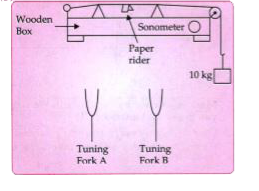[A] : Rhizophore is considered to be stem structure .
[R] : Rhizophore develops from angle meristem present between the two branches of stem .
If both A and R are true and R is the correct explanation of A
If both A and R are true but R is not the correct explanation of A
If A is true and R is false
If A is false and R is true
To solve the question regarding the assertion and reason about rhizophore, we can follow these steps:
Step 1: Analyze the Assertion
The assertion states that "Rhizophore is considered to be a stem structure."
- Rhizophores are specialized structures found in certain plants, particularly in the genus Selaginella. They are often described as being intermediate between roots and stems. Therefore, the assertion is false because rhizophores are not strictly classified as stem structures.
Step 2: Analyze the Reason
The reason states that "Rhizophore develops from angle meristem present between the two branches of stem."
- Rhizophores do indeed develop from the angle meristem, which is located at the junction of the stem and branches. This statement is true as it accurately describes the origin of rhizophores.
Step 3: Determine the Relationship
Now we need to determine the relationship between the assertion and the reason:
- Since the assertion is false and the reason is true, we conclude that the correct answer is that the assertion is false, but the reason is true.
Final Conclusion
Thus, the answer to the question is:
- Assertion is false, and Reason is true.
The assertion states that "Rhizophore is considered to be a stem structure."
- Rhizophores are specialized structures found in certain plants, particularly in the genus Selaginella. They are often described as being intermediate between roots and stems. Therefore, the assertion is false because rhizophores are not strictly classified as stem structures.
The reason states that "Rhizophore develops from angle meristem present between the two branches of stem."
- Rhizophores do indeed develop from the angle meristem, which is located at the junction of the stem and branches. This statement is true as it accurately describes the origin of rhizophores.
Now we need to determine the relationship between the assertion and the reason:
- Since the assertion is false and the reason is true, we conclude that the correct answer is that the assertion is false, but the reason is true.
Thus, the answer to the question is:
- Assertion is false, and Reason is true.
Topper's Solved these Questions
Similar Questions
Knowledge Check
In dicot stems, cambium present between primary xylem and primary phoem is
Afascicular cambiumBintrafascicular cambiumCinterfascicular cambiumDboth a and b
An _______ is the angle between the petiole of a leaf and the stem.
View SolutionType of stem structure present in Colocasia is
View SolutionNormally in dicot stems, phellogen develops from
View SolutionName one structure which is very distinct in roots but poorly developed or even absent in stems.
View Solution
The diagram above shows a wire stretched over a sonometer. Stems of two vibrating tuning forks A and B are touched to the wooden box of the sonometer. It is observed that the paper rider (a small piece of paper folded at the centre) present on the wire flies off when the stem of vibrating tuning fork B is touched to the wooden box but the paper just vibrates when the stem of vibrating tuning fork A is touched to the wooden box.
Why does the paper rider fly off when the stem of tuning fork B is touched to the box ?
View Solution
The diagram above shows a wire stretched over a sonometer. Stems of two vibrating tuning forks A and B are touched to the wooden box of the sonometer. It is observed that the paper rider (a small piece of paper folded at the centre) present on the wire flies off when the stem of vibrating tuning fork B is touched to the wooden box but the paper just vibrates when the stem of vibrating tuning fork A is touched to the wooden box.
Name the phenomenon when the paper rider flies off.
View SolutionThe diagram below shows a wire stretched over a sonometer. Stems of two vibrating tuning forks A and B are touched in turn to the wooden box of the sonometer. It is observed that the paper rider (a small piece of paper folded at the centre) present on the wire flies off when the stem of vibrating tuning fork B is touched to the wooden box but the paper just vibrates when the stem of vibrating tuning fork A is touched to the wooden box.

Name the phenomenon when the paper rider just vibrates.
View Solution
